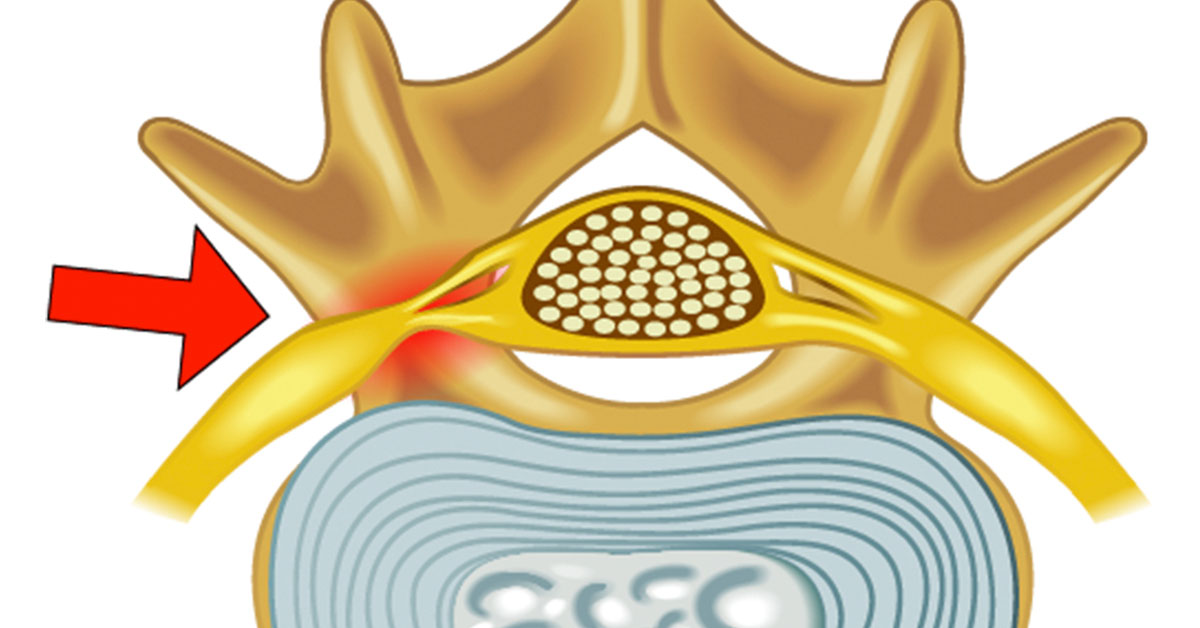
Foraminal Stenosis
Each vertebra is made of two parts - the vertebral body and the vertebral arch. Together, these two parts create a central opening for the spinal canal and additional openings called foramen, which allow nerves from the spinal cord to travel to the arms, legs and other parts of the body.
Foraminal stenosis occurs when one or more of the foramen narrows, leaving little room for the nerves to get through without being pinched. This narrowing can be caused by a bulging or herniated disc, arthritis, ligament thickening, bone spurs, scar tissue, or spinal joint enlargement. While the risk of the foramen thickening increases with age and the degenerative problems that often come with getting older, genetics and congenital conditions are also factors.
Symptoms and Diagnosis
The symptoms of foraminal stenosis may include numbness, pain that radiates into other parts of the body, burning sensations, progressively worsening back or neck pain, and tingling or "pins and needles" sensations in the arms and legs. If a foramen in the cervical section of the spine is narrowing, symptoms will be felt in the shoulders, arms, and hands. If a lumbar foramen is being affected, symptoms will be felt in the legs, feet and buttocks. Weakness may also set in as nerve compression restricts nutrients from getting to muscles.
To determine if a patient has foraminal stenosis, the patient's medical history will be analyzed, followed by a physical exam. During the physical, the doctor will look for movement limitations, pain, and loss of reflexes when the patient moves his or her spine. An MRI, CT scan or X-ray may also be needed to confirm the diagnosis.
Treatment
Depending upon the severity of the condition, conservative treatments may be prescribed, including activity modification, physical therapy and posture correction to reduce stress and pain on the neck and back, as well as to increase flexibility and strength. Bracing may also be recommended during the healing process, as well as medication.
If these treatments fail to work, surgery may be recommended to remove the pressure from the spinal nerve roots. Procedures recommended may include a Laminectomy, Cervical Discectomy with Fusion, or a Foraminotomy. These surgeries may be done in a traditional open back surgery or using minimally invasive surgical techniques.
Risks and Benefits
Failure to take preventive measures for any spinal problems may result in a further aggravated condition. Surgical measures for advanced cases may give relief from extremity pain. The risks involved with surgery are common - infection, blood loss, damage to nerves and spine - and some specific to your treatment. This material is intended to give the patient an overview of surgical procedures and treatments and is not intended to replace the advice and guidance of a physician. Always consult with your doctor about the particular risks and benefits of your treatment.



